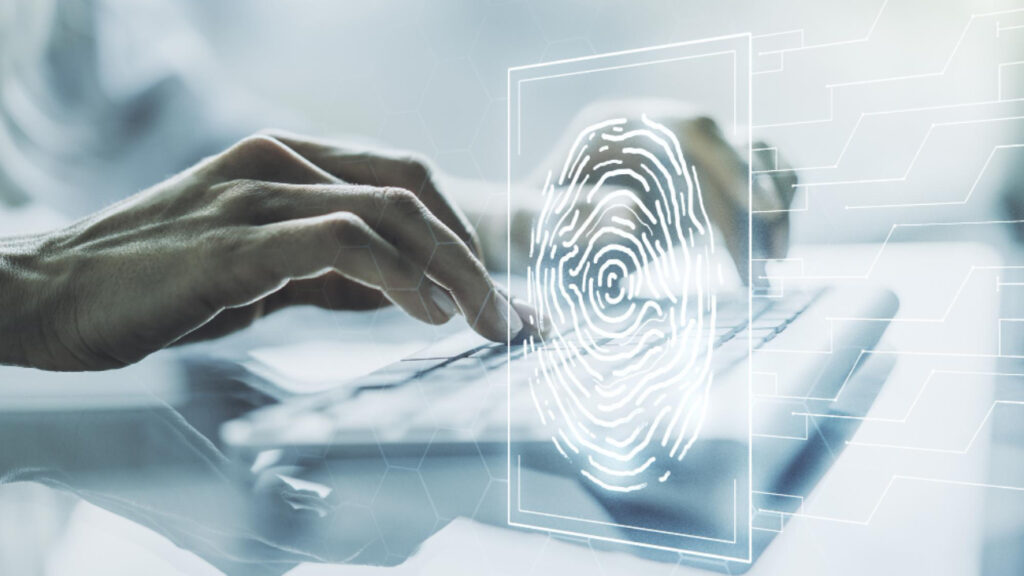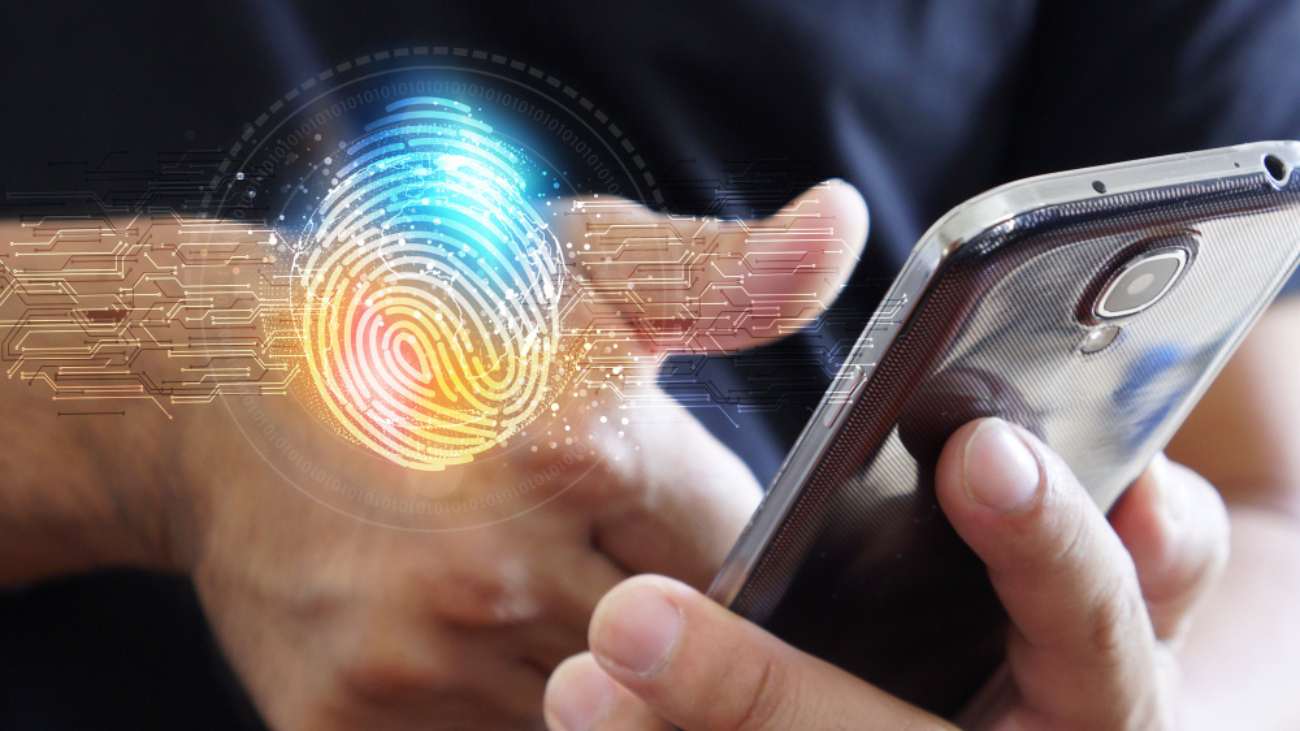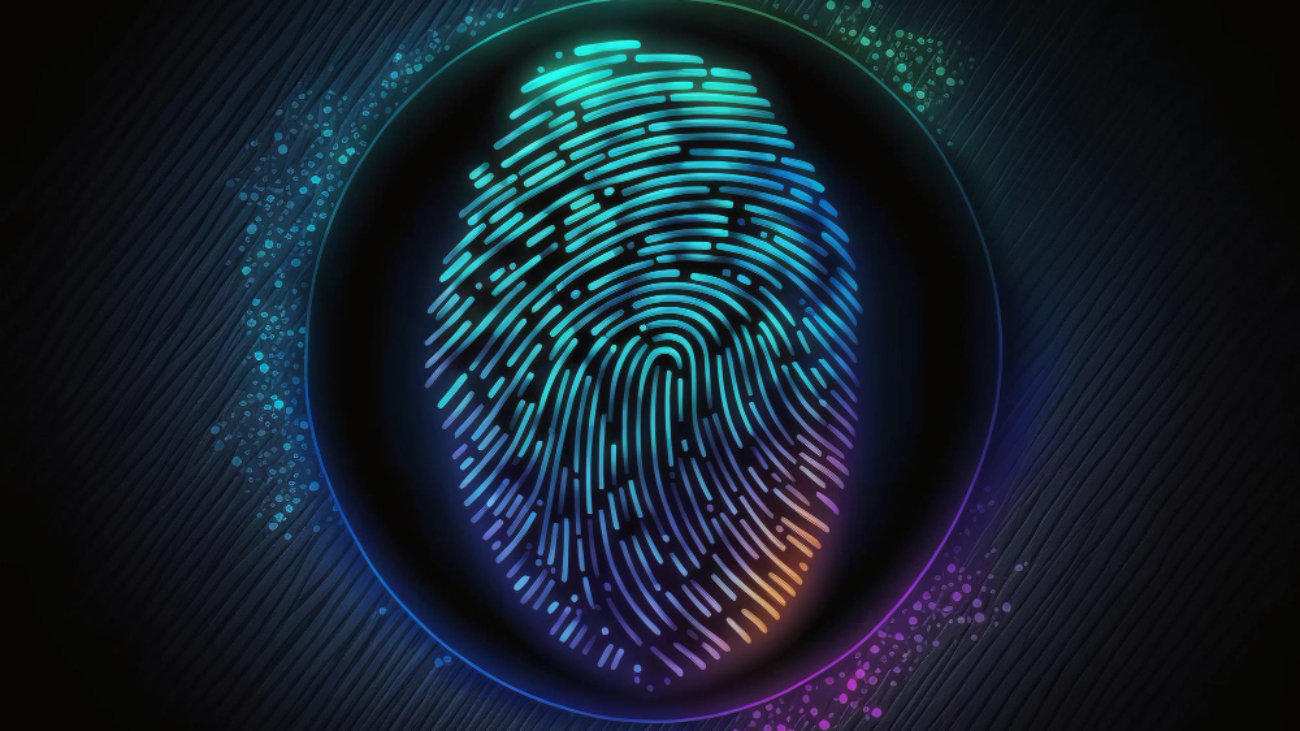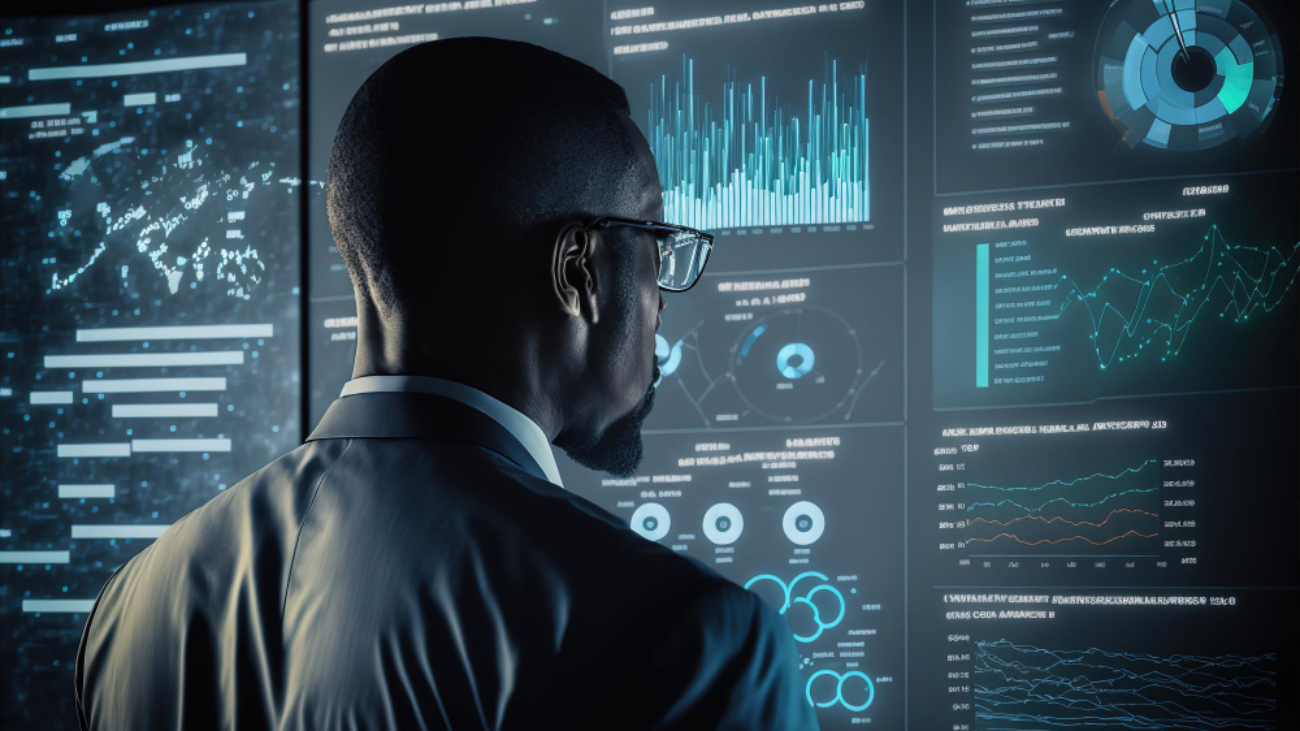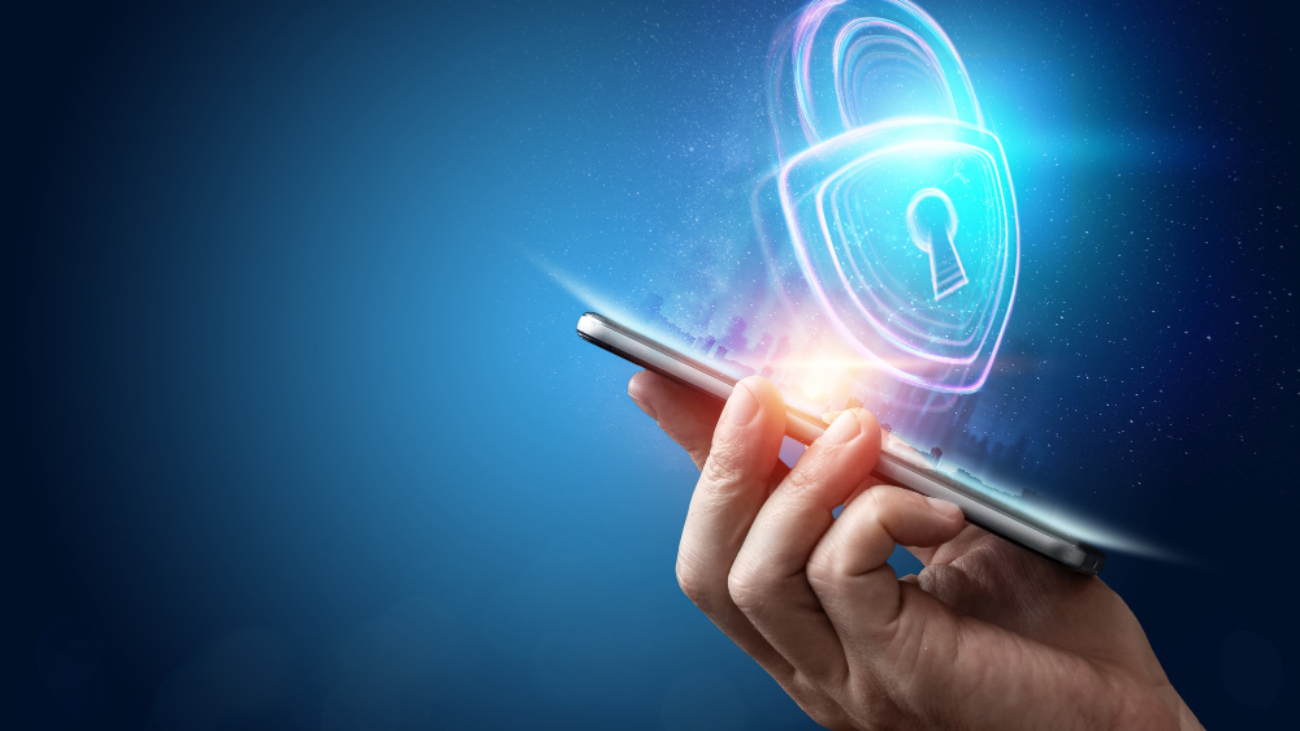In the current digital world, data is very important. The internet of things implies seamless interconnectedness which my result in the breach of data or information.
The most important safety measure to prevent this is the restriction of access to valuable data. Only the people who have the authority can view, manage or share the information. Authentication processes like biometrics play a vital role in this according to Bahaa Abdul Hadi.
Taking this a step further, a biometric cryptosystem combines biometric data (like thumbprints, facial recognition etc.) with PKI (Public-key infrastructure). It keeps authentication simple using biometrics but removes the risk associated with the sharing of personal sensitive data.
The Need For Biometric Cryptosystem
For biometric recognition and authentication, the security system usually stores the data somewhere to match the biometric inputs. For example, when you undergo a facial scan the system records your biometrics. Then to authenticate, the system must match your face to the data it already has. This means, the system already has that information stored.
In case of a breach, the data on your face or other biometrics can leak and fall into the wrong hands. Your sensitive information can be misused. Take the 2015 data breach in the US Office of Personnel Management. It led to the loss of millions of PII (Personally Identifiable Information) and biometric templates.
Biometric cryptosystems prevent this by using a decentralized model. They protect your sensitive data by not sharing your biometrics with the security system in the first place. Instead, biometric cryptosystems ensure that your data remains safe with you.
No company server will store or enroll your information. In case of a breach, your private information will not leak out.
How Does Biometric Cryptosystem Work?
Instead of undergoing a biometric scan directly, users authenticate their biometrics on their mobile devices. The mobile device contains their biometric template.
After successfully matching their identity with this template, the mobile device communicates with the security system using tokens. The system does not receive your biometric data directly.
Another advantage of using biometrics cryptosystems is the freedom from remembering passwords. Once your mobile device matches your identity with your biometric template, it allows the system to grant you access. There is no need to enter an additional password or share more information.
Biometric cryptosystems are important to maintain privacy and security of personal data. They will also make the authentication process faster and more convenient.
Thank you for your interest in Bahaa Abdul Hadi blogs. For more information, please stay tuned to www.bahaaabdulhadi.com
